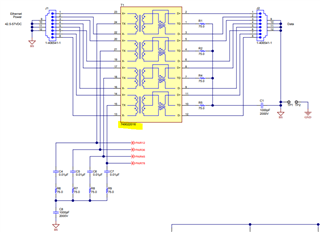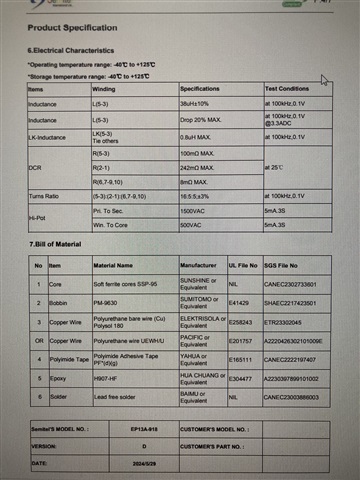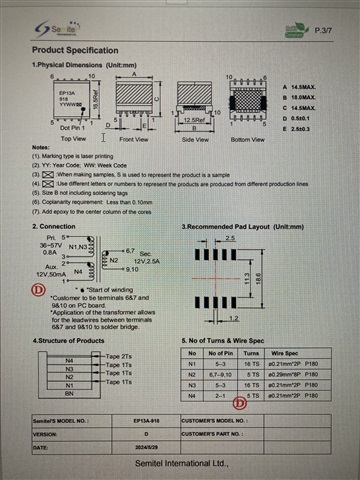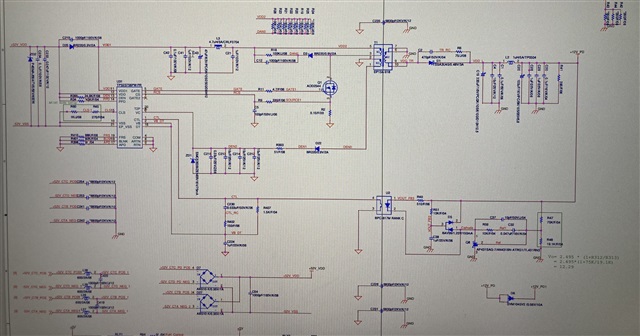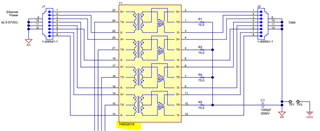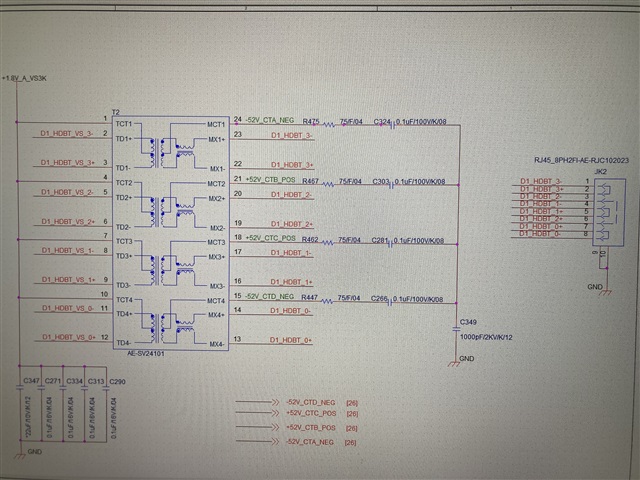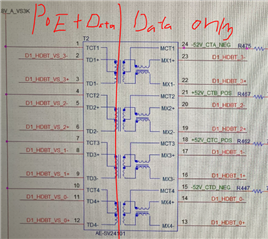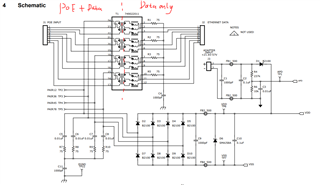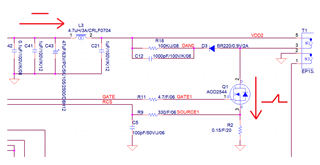Other Parts Discussed in Thread: PMP11254, ,
Tool/software:
I would like to replicate the TPS23751 circuitry from the PMP11254 reference design and apply it in a 10G Base network environment. However, since the original reference design is intended for a 1G Base network, I would like to ask what additional considerations or potential issues I should be aware of when using it in a 10G Base application?


